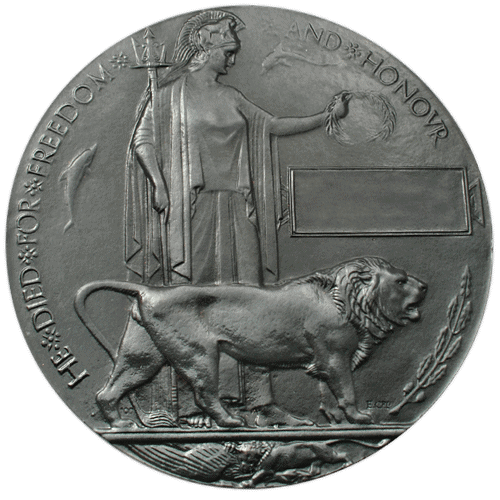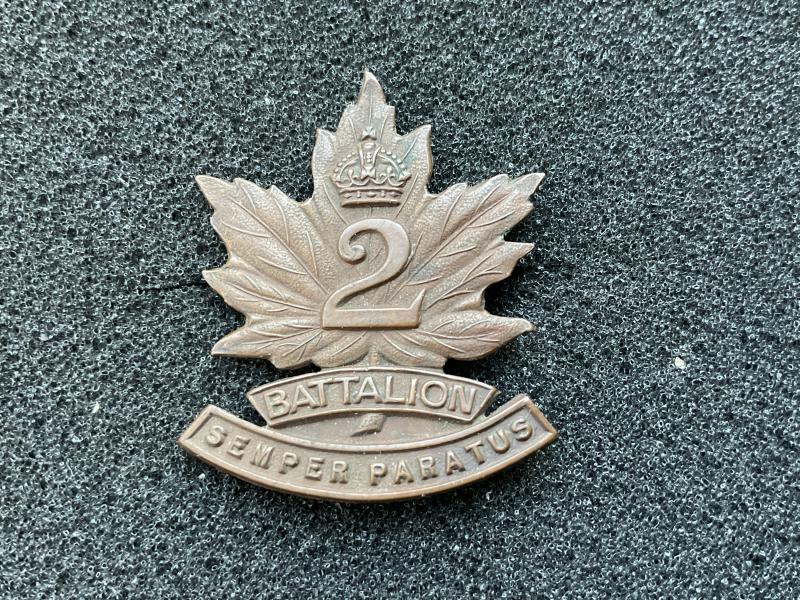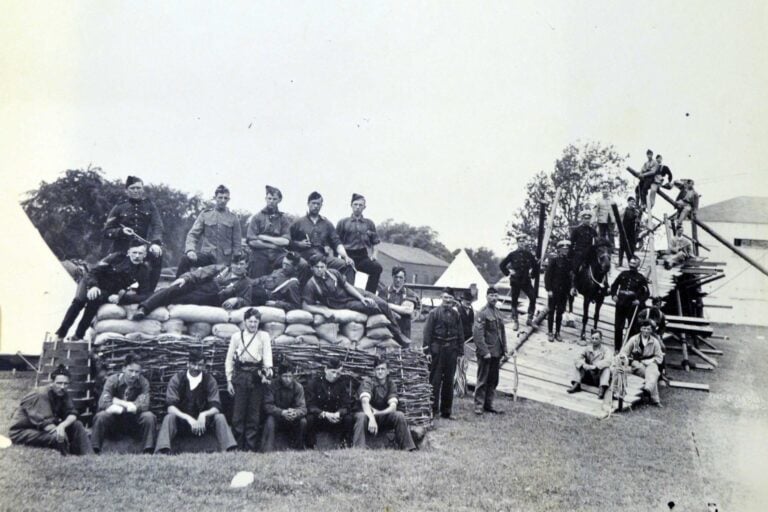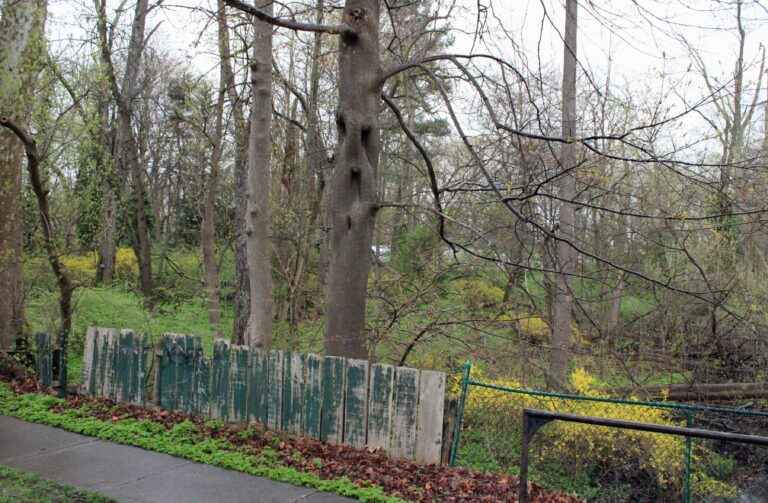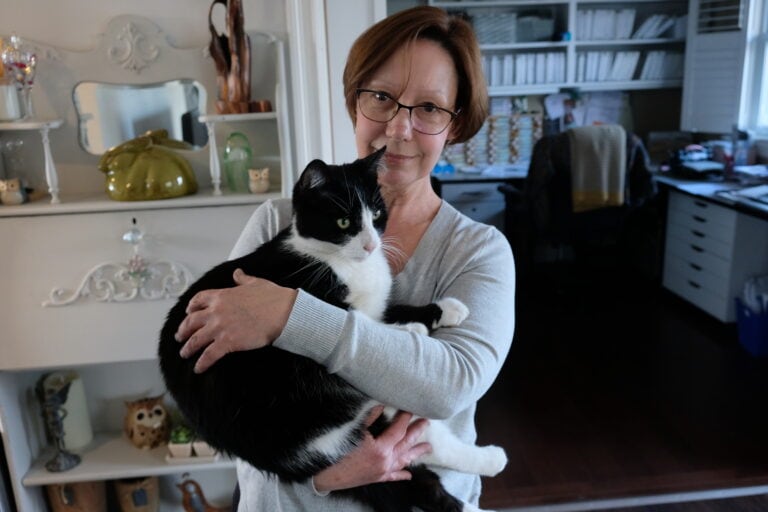It’s been a century since Niagara-on-the-Lake’s iconic clock tower cenotaph was erected. Then, in 1926, the Township of Niagara unveiled its own memorial in Queenston. In recognition of those who fought and died in two world wars and beyond, NOTL historian Ron Dale has been researching the stories of the people – all men – whose names are engraved on the two cenotaphs. This is one in a series of stories documenting and remembering the sacrifices of those commemorated on the municipal memorial in Queenston.
Ron Dale
Special to The Lake Report
Retired British Army officer Thomas Mortimer Kelson of Folkington, Sussex, and his wife Harriet Anne Thrupp had a daughter and four sons.
Captain Kelson was a veteran of the Crimean War, commissioned in 1855. He retired from the army as a captain in 1864.
Thomas and Harriet married in 1865 and had their first son, Francis, in April 1868.
Their second oldest son, Hugh Kelson, was the first of their children to emigrate to Canada, leaving England in 1899 and ending up as a fruit grower near Grimsby. He was joined in Grimsby by the third brother, Charles Kelson in 1901.
The following year, the youngest son, John Mortimer Kelson, sailed on the S.S. Tunisian, arriving in Canada on June 6, 1902. He joined brother Hugh in Grimsby.
John married Margaret Isobel Durfey of Winona on Dec. 22, 1903. Their first child, Margaret Grace Kelson, was born in Hamilton on June 7, 1907.
After 1911, the family bought a fruit orchard and moved to Niagara Township, where their son, Arthur Myles Kelson, was born on Dec. 22, 1914.
The next year, the couple moved back to the Grimsby area and listed their property in Niagara for sale.
For whatever reason, John decided to join the army a year after the birth of Myles. On Dec. 15, 1915, he travelled to Welland to enlist in the 98th Overseas Battalion. He was 39 years old at the time, twice the age of many other volunteers.
Kelson was promoted to lance corporal on May 23, 1916, and to sergeant on July 1, before his unit sailed from Halifax. He disembarked in Liverpool on July 26, 1916.
On Oct. 6, 1916, Sergeant Kelson was transferred to the 12th Battalion. At that time the 2nd Battalion, which had suffered heavy losses fighting in France and Belgium, sought reinforcements from the 12th Battalion to join them in Europe.
They had no vacancies for sergeants at the time. So Kelson, eager to get into the fight, voluntarily reverted to the rank of private and was subsequently transferred to the 2nd Battalion on Oct. 13.
By Oct. 31, Private Kelson was “in the field” with his new battalion. On joining the 2nd, he found the battalion heavily involved in the bloody Battle of the Somme, which would last until Nov. 18.
The soldiers of the 2nd Battalion won honours for their participation in the Battle of Ancre Heights, part of the Somme offensive.
On Dec. 11, 1916, Kelson was promoted to corporal.
He and his comrades frequently served in the front-line trenches and continued to suffer casualties. The enemy artillery fire never stopped.
Kelson got some respite away from the battlefront when he was hospitalized with mumps from Feb. 6 to March 1, 1917, spending this period recovering in the #7 General Hospital in St. Omer.
He was soon back in the thick of things and was promoted to sergeant on April 20, 1917.
The 2nd Battalion was heavily involved in the major Allied offensive known as the Battle of Arras, which began with the Battle of Vimy Ridge, April 9 to 12, 1917, and lasted until May 16, 1917. It was during this campaign when the 2nd Battalion attacked the enemy entrenchments west of Arleux-en-Grohelle.
Sgt. John Kelson was killed in action on May 3. His burial place was never confirmed and his name is engraved on the Vimy Memorial.
Now living in Winona, his widow Margaret received a memorial scroll in 1920, commemorating his sacrifice, and a bronze memorial plaque, colloquially known to soldiers as “the dead man’s penny,” in 1922.
Margaret died in Winona in 1938.
Their son Myles married Mary Rumball of Virgil and was living in Niagara, managing a branch office of a fruit company at the time of the inauguration of Queenston cenotaph.
Myles never really knew his father but ensured that Sgt. John Kelson was remembered on the monument in Queenston. Besides Queenston and the Vimy monument, his name is also engraved on the war memorial in Grimsby.



